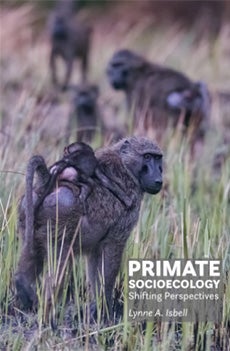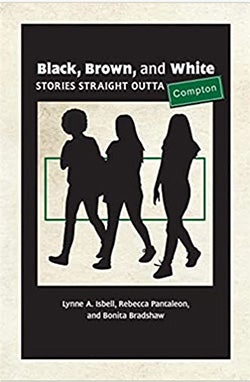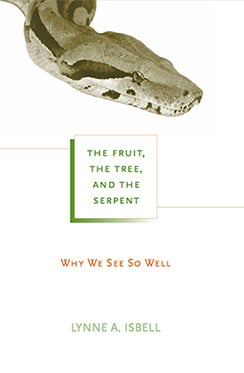
Primate Socioecology: Shifting Perspectives
by Lynne A. Isbell
Adapted from Johns Hopkins University Press:
This game-changing book questions long-accepted rules of primate socioecology and redefines the field from the ground up.
“A persuasive call to rethink traditional explanations for species differences in sociality. Isbell’s theory is explicit, richly supported, and thoroughly constructive. I expect this frank, creative discussion to inspire primatologists for decades.”— Richard W. Wrangham, Harvard University, coeditor of Chimpanzees and Human Evolution
“Primate Socioecology is one of those rare pieces of scholarship that presses the reset button on our assumptions by waking us up to the reality of ‘Variable Home Range Sharing’ in primate social organization. Isbell’s book is an empirical and creative tour de force that will shape discussion for decades to come.”— Nina Jablonski, Pennsylvania State University, author of Living Color: The Biological and Social Meaning of Skin Color
“A must read for anyone interested in the history and development of theoretical primate behavioral ecology.”— Thomas T. Struhsaker, Duke University, author of The Red Colobus Monkeys: Variation in Demography, Behavior, and Ecology of Endangered Species
Through her innovative Variable Home Range Sharing model, Lynne Isbell unravels the mystery of why some primates live alone while others live in pairs or groups — a question that has perplexed scientists for decades. This new approach diverges from the traditional focus on predation pressure as the main determinant of primate social organizations to reveal deeper ecological causes. The implications of this shift are profound, underscoring the critical importance of a behavioral-ecological mechanism in which different movement strategies affect the extent to which females share their home ranges and ultimately pointing to a new functional classification system for primate social organizations.
Isbell also discusses:
• a supportive test of predicted movement strategies using activity budgets
• thermal constraints as an alternative to predation to explain the dichotomy between small nocturnal primates and large diurnal primates
• the role of sensory differences in explaining why almost all solitary foragers are nocturnal and all group-foraging primates are diurnal
Useful as both an introduction to primate socioecology and for those seeking a robust examination of the topic, Primate Socioecology: Shifting Perspectives addresses scientific debates about primate social organizations and invites researchers to question long-held assumptions.

Black, Brown, and White: Stories Straight Outta Compton
by Lynne A. Isbell, Rebecca Pantaleon, and Bonita Bradshaw
Black, Brown, and White: Stories Straight Outta Compton chronicles the lives of three friends from different ethnic backgrounds, including their unique individual experiences while coming of age in Compton, California, during the 1960s and early ’70s. Against the backdrop of the nation’s civil rights and black power movements, Compton quickly transitioned from majority White to majority Black and became known as the “Murder Capital of the United States.” Although the girls grew up together, they experienced Compton’s transformation very differently. Their experiences left indelible marks on their later development into adulthood, a warning to those who would minimize the effects of violence on other young lives today. As our country struggles yet again with highly charged racial tension, not seen since the 1960s, the timing of this book could not be better: it offers a real-life example of how finding common ground with those who are from different cultural backgrounds can lead to a lifetime of mutual caring and support. This book will appeal to those who appreciate books about urban history, racism, and social justice, books from underrepresented voices, or coming-of-age memoirs. It will also be useful to academic programs in English, California history, ethnic studies, and race and social justice discussions.
Purchase on Amazon >>

The Fruit, the Tree, and the Serpent: Why We See So Well
by Lynne A. Isbell
The worldwide prominence of snakes in religion, myth, and folklore underscores our deep connection to the serpent – but why, when so few of us have firsthand experience? The surprising answer, this book suggests, lies in the singular impact of snakes on primate evolution. Predation pressure from snakes, Lynne Isbell tells us, is ultimately responsible for the superior vision and large brains of primates – and for a critical aspect of human evolution.
Purchase on Amazon >>
